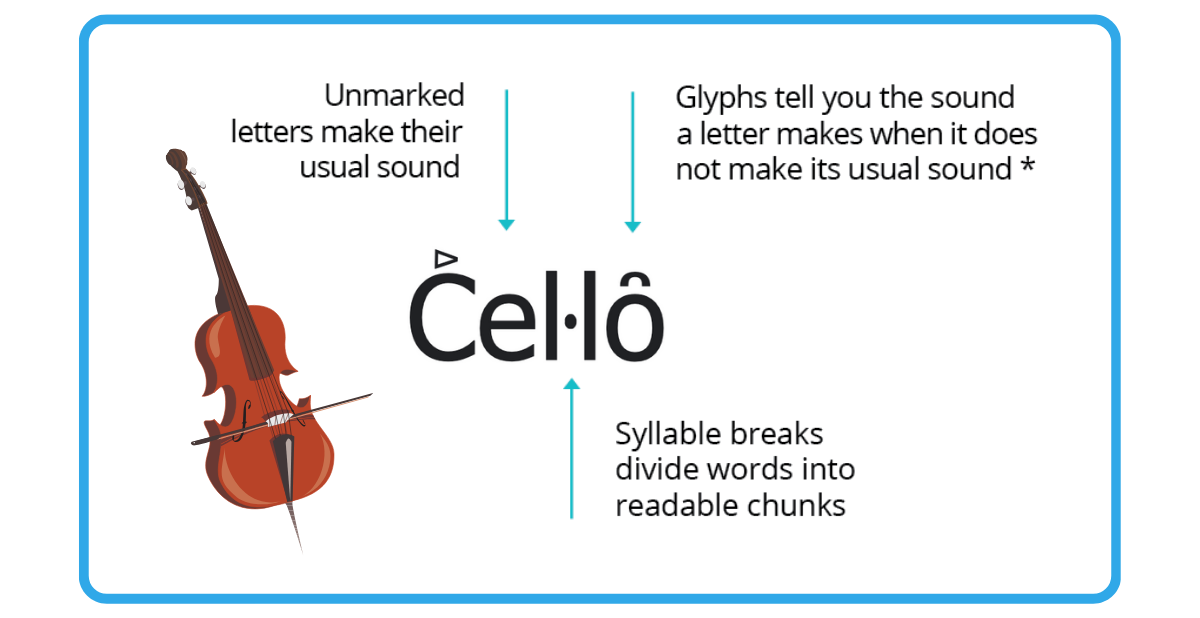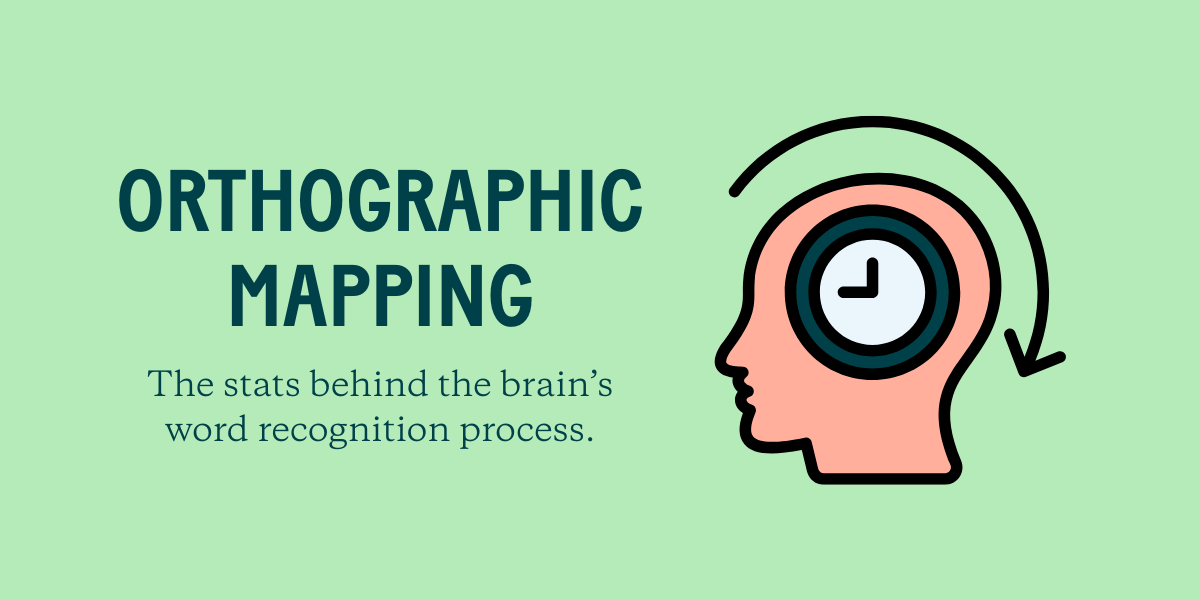Empower English Language Learners with Readable English
Learning English as a second language is a complex journey, with each learner bringing unique skills, cultural knowledge, and linguistic backgrounds...
K-12Discover how Readable English is transforming reading instruction |
PROGRESS MONITORINGEasily assess and monitor growth with data-driven insights and reporting tools |
PROFESSIONAL SERVICESDiscover the services that support your success, from virtual training to expert coaching |
INDIVIDUALSStrengthen your reading skills with an interactive app tailored to your learning needs |
PARENTSEmpower your child's reading journey with an interactive app and expert strategies for home support |
|

|
Rethinking Reading: How One District Transformed Instruction (SmartBrief)Discover how a bold shift in reading instruction helped struggling learners thrive - and the critical role Readable English played in their success.
|
RESEARCH & RESULTSExplore peer-reviewed studies and real-world case studies on Readable English in action |
BLOGExplore articles on feature highlights, research deep-dives, and the latest literacy insights |
EBOOKDownload the ebook Why Learning to Read English is So Hard and how to Make it Easier |
CUSTOMER STORIESDiscover how educators and administrators are transforming literacy with Readable English |
RESOURCE AND PRODUCT ENABLEMENT LIBRARYFind essential educational references and instructional materials to enhance teaching |
FAQSFind essential educational references and instructional materials to enhance teaching |
NEWS & EVENTSStay up to date with media coverage, webinars, and upcoming events featuring Readable English |
|
|
Rethinking Reading: How One District Transformed Instruction (SmartBrief)Discover how a bold shift in reading instruction helped struggling learners thrive - and the critical role Readable English played in their success. |
In today’s classrooms, educators are challenged to meet the needs of an increasingly diverse student population. Among the most complex needs are those of multilingual learners - students navigating the dual challenge of acquiring academic content while simultaneously learning English. When multilingual learners are expected to decode complex English words while simultaneously building vocabulary and comprehension, the cognitive load can be overwhelming. Readable English eases this burden by making word recognition intuitive and efficient, transforming the way students access and master the English language.
Second Language Acquisition (SLA) refers to the process of learning a language after a first language has already been established. SLA is shaped by numerous variables, including a student’s literacy in their native language, their cultural and linguistic background, and their home environment, such as whether caregivers speak English.
Effective SLA instruction requires a balance of all four key domains of language development: listening, speaking, reading, and writing. Yet, a barrier that touches on all four domains is the complexity of English spelling. English is not a phonetic language - spelling often fails to match pronunciation, making decoding and accurate word recognition a frustrating process for learners.
Understanding how students learn to read requires a look at research-backed models like the Gough and Turner’s (1986) Simple View of Reading, which explains that:
Decoding (D) × Language Comprehension (LC) = Reading Comprehension (RC)
This model is expanded in Scarborough’s Reading Rope (2001), which shows reading as a braided integration of two main strands: Word Recognition and Language Comprehension. Initially, these strands develop separately, but as students progress, they intertwine into skilled reading.

Multilingual learners face challenges with both strands of the rope. They need to learn the vocabulary and language structures of even spoken English, and decoding unfamiliar written words often adds an extra layer of cognitive demand. This can slow down reading, limit vocabulary acquisition, and lead to frustration. Readable English reduces that load by making English phonetic, without altering spelling, eliminating decoding barriers.
Readable English directly supports the Word Recognition component by taking the guesswork out of pronunciation. It does this through a unique set of visual scaffolds:
By making English phonetic, without changing the spelling, Readable English empowers students to pronounce words correctly from their first encounter. This frees up cognitive energy to focus on vocabulary development and reading comprehension.

One of the major pitfalls in language acquisition is fossilization—when incorrect language usage, especially pronunciation, becomes ingrained and resistant to correction.
For example, students might pronounce “determine” as “de-ter-mine” (with a long “i”) or “novice” as “noh-vice.” These errors, once fossilized, are hard to unlearn.
Readable English tackles this head-on. By marking up every word with pronunciation cues, students develop accurate pronunciation habits from day one, drastically reducing the risk of fossilization.
Readable English is packed with features tailored to support multilingual learners:
Phonetic Markup – Ensures each word has its own embedded pronunciation guide.
Browser Extension – Provides instant single-click definitions and translations.
Vocabulary Module – Fosters awareness of morphological families with weekly activities on base words, root words, affixes etc.
Voice Recognition Activities – Provide instant pronunciation feedback.
Oral Reading Fluency Tracking (ORF) – Provides opportunities for oral reading practice and tracks progress in real-time.
Mouth Movement Videos – Show how each sound is formed.
Flexible implementation options are available for the different levels of English proficiency and available instructional time:
Level 1–2: Start with the Standard English lessons
Level 3+: Begin with Breaking the Code
Limited instructional time: Use the Self-Paced Model
Full instructional time: Use the Teacher-Led (Levels 1–3) or Combined (Levels 4–6) models
These flexible implementation options make it possible to integrate Readable English into virtually any classroom setting.


During the 2023–2024 school year, the Readable English program was implemented in several Indiana schools through funding from the Indiana Department of Education. Across grades 5–9, a group of 119 students participated in the program and achieved an average Lexile® growth of 133L.
To put this in perspective, the expected normative growth over the same period is typically 20L. This means participating students grew 5.7 times more than the national average.
At Birmingham Community Charter High School, students experienced rapid reading improvement within just 2-3 weeks of using Readable English. The embedded markup proved especially impactful for English learners, helping them confidently decode complex words.
These gains were validated through the English Language Proficiency Assessments for California (ELPAC), with measurable progress seen across all English learner participants.
Perhaps most notably, this academic growth led to real-world outcomes:
This progress was paired with a noticeable cultural shift in the classroom - students were more engaged, confident to read out loud, and empowered in their learning.
One of the most powerful aspects of Readable English is its text conversion tool, which allows any English-language content - textbooks, curricula, worksheets, novels - to be converted into the Readable English format.
This means students don’t have to wait to become fluent to engage with rigorous content. Instead, they can decode it accurately from day one, building vocabulary and comprehension skills in context.

“Based on theory and data, I can recommend Readable English in the strongest possible terms. It has the power to transform the teaching of English.”
— Professor John Sweller, Founder of Cognitive Load Theory“The grayed-out letters and syllabication patterns are game-changers. Students finally understand why English is so hard—and how to master it.”
— Kim Hicks, ELL District Coordinator
For multilingual learners, the journey to reading proficiency is often slowed by the unpredictable nature of English spelling and pronunciation. By making every word phonetically transparent, students are able to decode words accurately and independently, freeing up cognitive resources for vocabulary growth and language comprehension.
When learners feel capable, they engage more deeply. And when they can read fluently, everything else becomes possible.
Transform your approach to ML support - reach out to schedule a demo today!

Learning English as a second language is a complex journey, with each learner bringing unique skills, cultural knowledge, and linguistic backgrounds...

In education, ensuring that every child can read proficiently is a cornerstone of academic success. However, many students face significant...

Orthographic mapping is the process by which readers store written words in long-term memory, allowing for instant, effortless recognition....